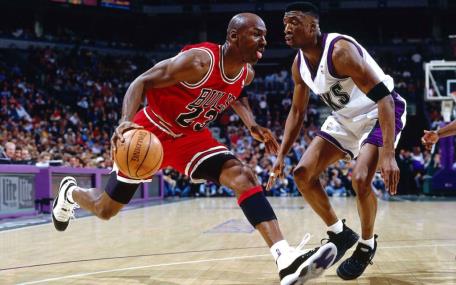Basketball is one of the most popular sports worldwide, known for its fast-paced action and thrilling moments. One of the most common questions from newcomers is, “How many players are there in basketball?” This may seem simple, but the answer involves more than just the number of players on the court. The composition of a basketball team, including active players, substitutes, and specific roles, plays a significant part in shaping the game. In this post, we’ll break down everything you need to know about the number of players in basketball, from the basics to the complexities of team dynamics.
Basic Overview: How Many Players Are on the Court?
At the most fundamental level, a basketball game is played with five players from each team on the court at any given time. This rule is consistent across most basketball leagues, including the NBA, NCAA, and international competitions like the FIBA. Each player has a specific role on the court, contributing to offense and defense.
The Full Team Roster: Not Just Five Players
While there are five players on the court, a basketball team typically consists of a 12-15 player roster, depending on the league. These players include starters and bench players, allowing teams to rotate fresh athletes into the game during stoppages.
Substitutions: A Key Part of Basketball Strategy
In basketball, teams can make unlimited substitutions during stoppages, such as timeouts or dead balls. This flexibility will enable coaches to swap tired players with fresh ones or bring in specialists, depending on the situation. Substitutions are a crucial part of game strategy, particularly in the latter stages of a game.
Positional Breakdown: The Roles of the Five Players on the Court
Each of the five players on the court typically plays a specific position: point guard, shooting guard, small forward, power forward, and center. These positions are categorized into guards, forwards, and centers, each with distinct roles on the court. For example, the point guard is usually the team leader on the court, facilitating play and organizing offensive strategies. At the same time, the center is often the tallest player, focusing on rebounds and interior defense.
Guards: The Backcourt Players
The two guard positions—point guard and shooting guard—form the team’s backcourt. Point guards are the playmakers while shooting guards are often tasked with scoring, particularly from long range. The guards are usually the quickest players on the team and play a crucial role in offense and defense.
Forwards: The Frontcourt Players
The team’s frontcourt includes small forwards and power forwards. The small forward is often a versatile player capable of scoring and defending, while the power forward usually plays close to the basket, helping with rebounding and post-up plays. Forwards must balance agility with strength to control both ends of the court.
The Center: The Anchor of the Team
The center is usually the tallest player on the team, playing near the basket and acting as the team’s defensive anchor. Known for rebounding, shot-blocking, and scoring close to the rim, the center is often the backbone of the team’s defense. Offensively, they work in the paint, setting screens and scoring through post-up plays.
How the Game Changes with Fewer or More Players
While the official rule of basketball calls for five players on the court, variations of the game can involve different numbers of players. For example, 3-on-3 basketball has recently gained popularity, especially in urban environments and international competitions. This version of basketball has fewer players but still retains the essence of the sport, with more emphasis on individual skills.
How Bench Players Influence the Game
Bench players, or substitutes, play a vital role even if they aren’t starting the game. Often, a team’s success depends heavily on its depth, especially in long tournaments or during injuries. Bench players are usually specialists in certain aspects, such as three-point shooting, defense, or ball handling, and are deployed to impact the game in specific situations.
Foul Trouble and Its Impact on Player Count
One of the challenges basketball teams face is managing foul trouble. Players can accumulate fouls throughout the game, and if a player exceeds the foul limit (typically five or six fouls), they are disqualified from the game. This forces teams to rely on their bench depth and adapt their strategies.
Conclusion:
Knowing how many players are in a basketball game is more complex than counting the five players on the court. Between starting players, substitutes, and different positions, the dynamics of a basketball team require strategic planning and depth. Each player, whether on the starting five or off the bench, is essential in ensuring a team’s success. With a solid understanding of team composition, player roles, and how the game adapts to fewer or more players, basketball fans can better appreciate the intricate strategies involved in this fast-paced sport.







